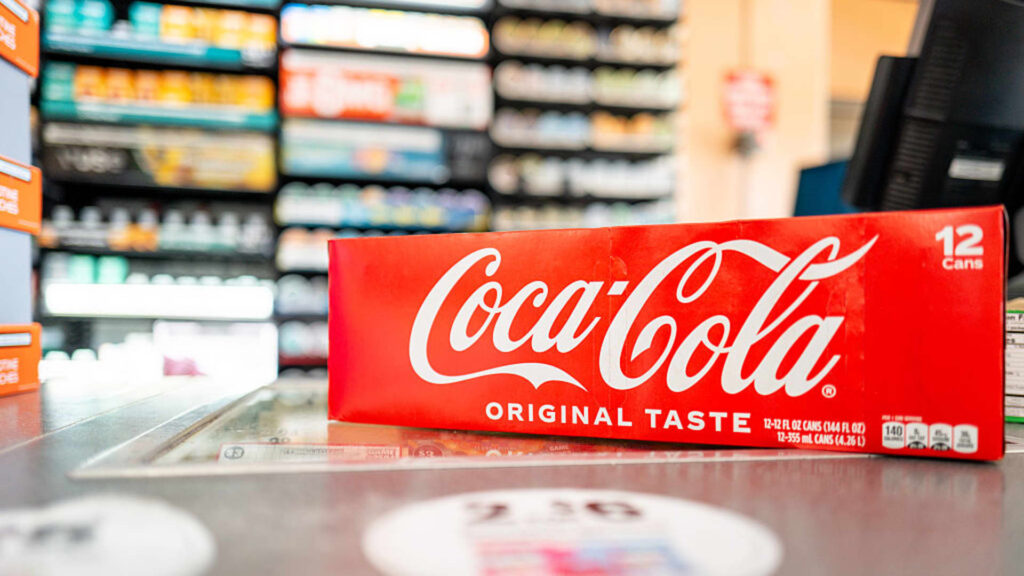Coca-Cola on Tuesday reported quarterly earnings and revenue that topped analysts’ expectations as strong demand in Europe offset weaker volume in other markets.
Shares of the company fell less than 1% in premarket trading.
Here’s what the company reported compared with what Wall Street was expecting, based on a survey of analysts by LSEG:
Earnings per share: 87 cents adjusted vs. 83 cents expectedRevenue: $12.62 billion adjusted vs. $12.54 billion expected
Coke reported second-quarter net income attributable to shareholders of $3.81 billion, or 88 cents per share, up from $2.41 billion, or 56 cents per share, a year earlier.
Excluding asset impairments, restructuring charges and other items, the beverage giant earned 87 cents per share.
Net sales rose 1% to $12.54 billion. Excluding items, the company’s revenue reached $12.62 billion.
The company’s organic revenue, which strips out acquisitions, divestitures and foreign currency, increased 5%.
But Coke’s global unit case volume fell 1% in the quarter. Every division but Coke’s Europe, Middle East and Africa business reported shrinking volume. The metric strips out the impact of pricing and foreign currency to reflect demand.
Coke executives have said that economic uncertainty and geopolitical tensions have weighed on consumer confidence, hurting its sales in some markets. However, Coke saw sales pick up in the second quarter in some of its challenged markets, compared with the prior quarter, CEO James Quincey told analysts on the company’s earnings conference call on Tuesday.
“Several markets that were weaker in the first quarter improved volumes sequentially, including the U.S. and Europe. In these markets, the plans we’ve implemented are working, providing further confidence we can influence the trajectory of our results,” Quincey said.
In North America, volume fell 1% as demand for the company’s namesake soda declined. Still, volume improved compared with the first quarter.
“I think that’s in the context of a pretty resilient overall consumer. The aggregate spend is holding up. Yes, there’s some pressure in those with lower incomes, where we’re targeting some affordability and some special focus on marketing and occasions,” Quincey said.
Hispanic consumers were also buying less of Coke’s products, starting in the first quarter when rumors spread on social media that the company had reported undocumented workers to U.S. immigration authorities. Coke denied the accusations, but sales dipped until the end of June.
“I think we’ve kind of put that one behind us, for now,” Quincey said.
Latin American unit case volume decreased 2%, while Coke’s Asia-Pacific market saw the metric drop 3% in the quarter. The company’s EMEA segment saw volume growth of 3%.
Globally, Coke’s sparkling softs drink segment, which includes its namesake soda, reported that volume shrank 1%. The company’s juice, value-added dairy and plant-based beverage division saw volume fall 4%. And its water, sports, coffee and tea segment reported flat volume for the quarter, as growth in coffee offset declines in sports drinks.
Coke also announced that it plans to introduce a version of its namesake cola made with cane sugar in the U.S. this fall.
For the full year, Coke narrowed its outlook for comparable earnings per share growth to 3%, the top end of the range it had previously provided. The company reiterated its forecast that organic revenue will increase 5% to 6% in 2025.

